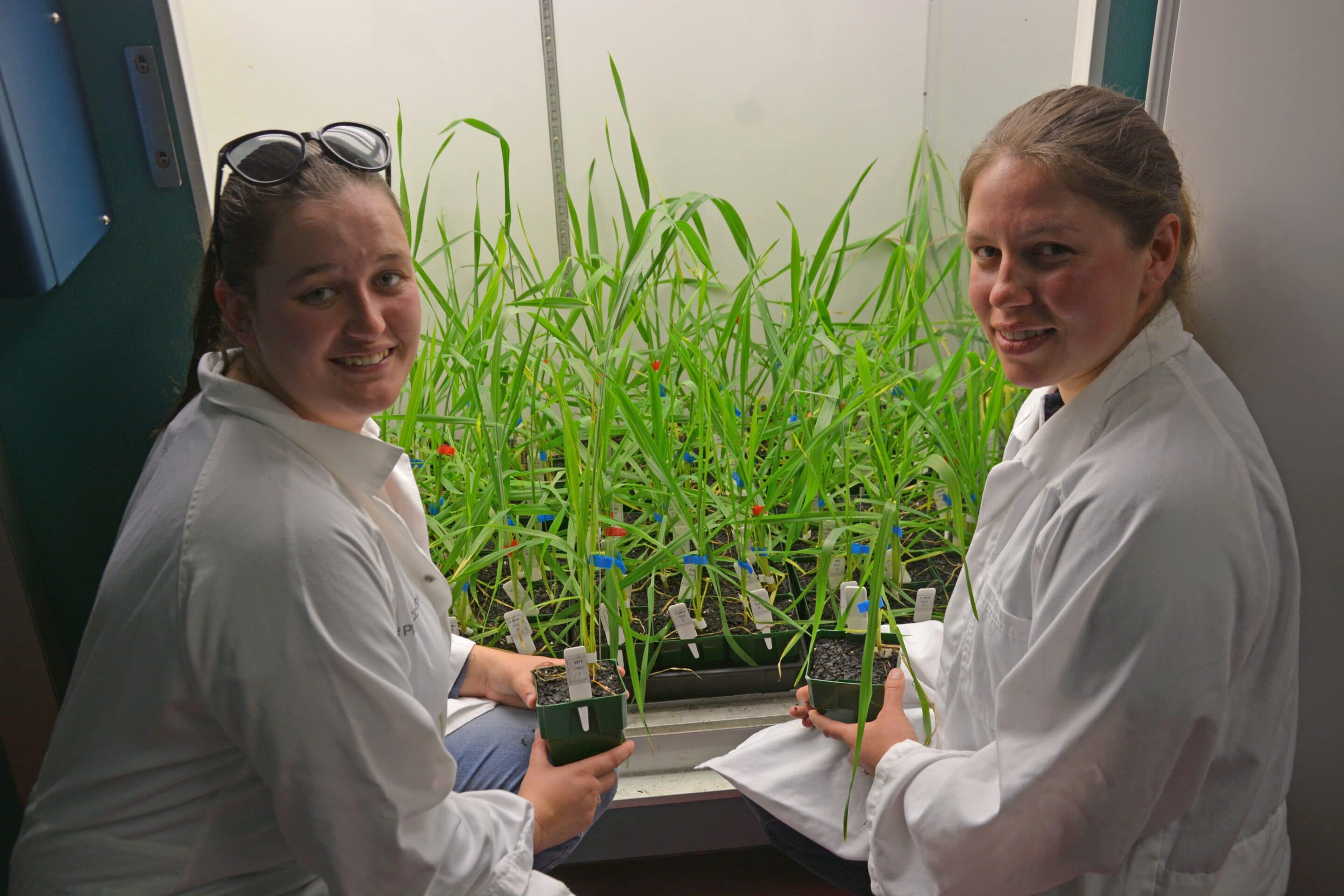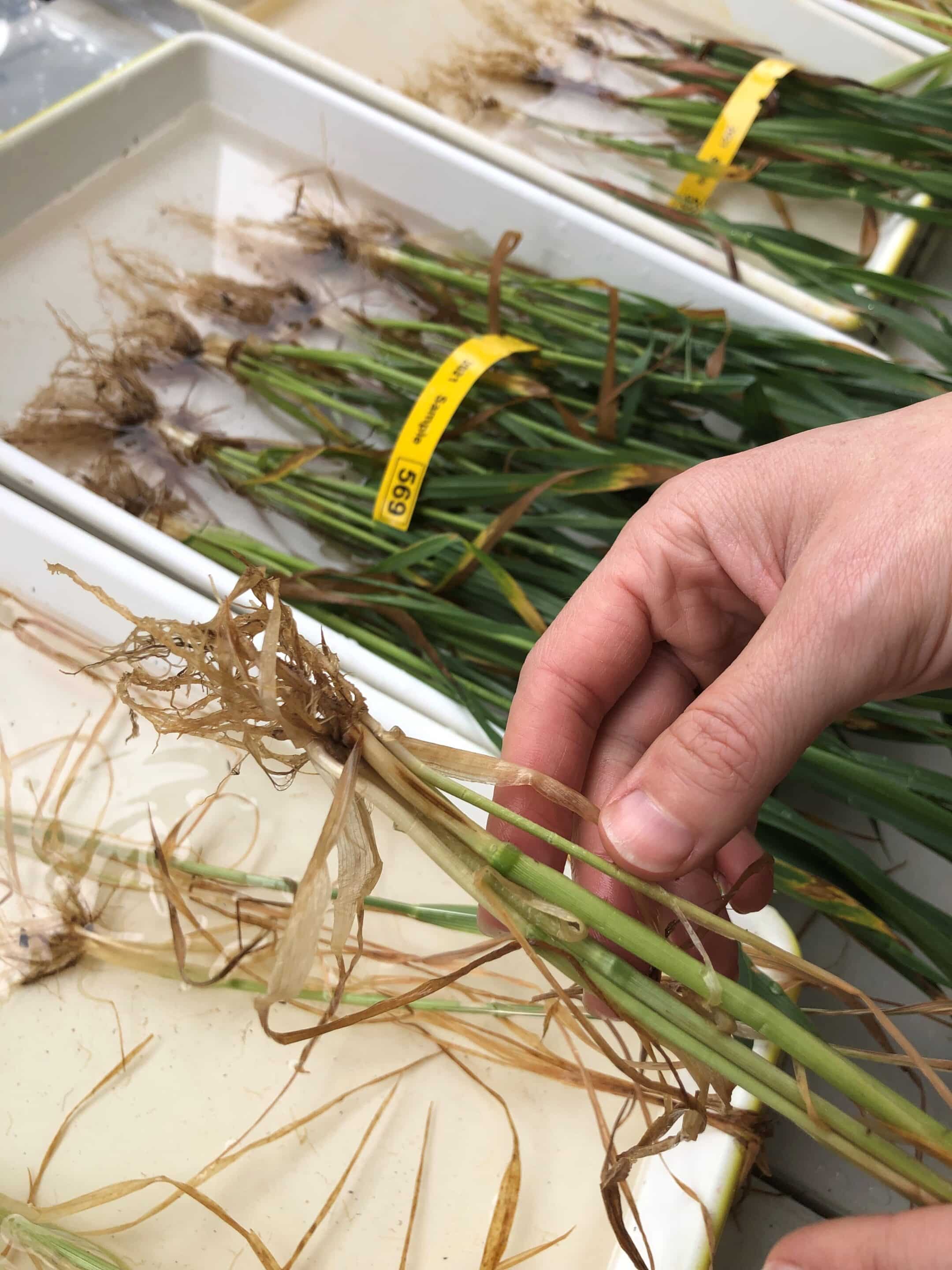START
FINISH

Summary
The study investigated the drivers of flowering time in durum in SA between 2018 and 2019 to provide growers with information on the optimum time to sow durum.
Durum flowering is driven by temperature and photoperiod. This research has shown there is a narrow period of optimum sowing time with little variation between the different durum varieties. The optimum sowing time is similar to Scepter and there is currently no durum variety suitable for pre-ANZAC Day sowing.
Durum is also more sensitive to environmental stress than bread wheat.
Background
To achieve the greatest yield from durum crops, growers need to know when the optimal time of sowing is so the crop can flower in the optimum window. A durum variety which can be successfully sown before ANZAC Day would benefit growers by giving them more options when creating their sowing plans.
Research Aims
The core objectives of the project were to:
- Update modelling to accurately describe optimum sowing and flowering dates for durum in SA.
- Investigate the suitability of durum for early sowing (pre-ANZAC day) in SA.
In The Field
In 2018, a controlled growth room study investigated the phenological controls of 26 durum varieties (commercial varieties, breeding lines and landraces) and two bread wheat varieties, which were used as benchmarks. Photoperiod lengths of eight and 18 hours were set. The study used the controlled environment cabinets in The Plant Accelerator at the Australian Plant Phenomics Facility located at the Waite Campus in Adelaide.
Field experiments were also used to collect data in 2018 with trials conducted at Giles Corner and Loxton. Nine commercial durum varieties, one University of Adelaide breeding line and two bread wheats were sown at each site at two times of sowing.
The same varieties were grown in a double-row trial in the bird-proof enclosure at the Waite Campus, where flowering data was collected for six times of sowing between 10 April and 19 June.
Results
This research demonstrated there is little variation in the flowering time of durum between different varieties and breeding lines.
There is currently no durum variety suited to pre-ANZAC Day sowing in SA.
The optimum sowing period for durum varieties in SA is early to mid-May, which is similar to fast-mid developing spring wheats such as Scepter.
A period of cold weather (vernalisation) is not necessary but will accelerate crop development in some durum varieties, particularly Tjilkuri.
Durum has greater sensitivity to frost than bread wheats and is more susceptible to biotic factors like crown rot affecting yield. For this reason, it is essential durum is planted in the optimum window to reduce environmental stressors.
Even durum varieties planted in the optimal window did not exceed the yield of Scepter in 2018.
Project Participants
SARDI: Dr Courtney Peirce and Melissa McCallum
The Problem
Growers need accurate information about durum phenology to optimise their yields.
The research
Aims to identify the optimal sowing and flowering times of durum in SA.
More information
Courtney Peirce, SARDI
T: 0419 817 325
E: [email protected]
Value for Growers
Growers will be able to use the latest information on durum development to reduce yield loss due to heat and cold stress by planning the optimal time for their durum crop to flower.
The narrow optimal sowing time for durum varieties is in early to mid-May, similar to Scepter. Due to a greater sensitivity to environmental stressors than bread wheat, it is of greater importance durum is planted in the optimal sowing time and is thus not suitable for pre-ANZAC Day sowing.
Findings on the optimal sowing times for new durum cultivars were presented at the 2020 durum forums and were available in the 2019 South Australian Crop Variety Sowing Guide, funded by SAGIT and published by the Grains Research and Development Corporation.
Preliminary results were presented at grower events throughout 2018, including the Mid North High Rainfall Zone winter walk and field day, the National Frost Initiative group, the Mallee Sustainable Farming field day at Loxton, the Hart Field Day and the South Australian Durum Growers Association (SADGA) spring walks at Kaniva and Bordertown.
There were also presentations at SADGA forums in Tarlee and Horsham, the 2019 SAGIT Annual Update and the 19th Australian Agronomy Conference in Wagga Wagga in 2019.
Latest Research Projects



